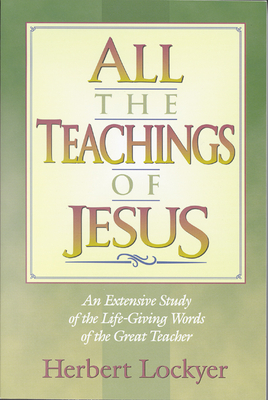
Romo, Rebecca
product information
description
s with a question: How do individuals with one African American parent and one Mexican American parent identify racially and ethnically? In answer, the authors explore the experiences of Blaxicans, individuals with African American and Mexican American heritage, as they navigate American culture, which often clings to monoracial categorizations. Part 1 analyzes racial formation and the Blaxican borderlands, comparing racial orders in Anglo-America and Latin America. The Anglo-Americanization of "Latin" North America, particularly in the Gulf Coast and Southwest regions, shapes Black and Mexican American identities. Part 2 delves into Blaxicans' lived experiences, examining their self-identification with pride and resilience. The book explores challenges and agency in navigating family, school, and community dynamics and discusses expectations regarding cultural authenticity. It also delves into Black and Brown relations and how situational contexts influence interactions. This work contributes to the discourse on multiracial identities and challenges prevailing monoracial norms in academia and society. Ultimately Between Black and Brown advocates for a more inclusive and nuanced understanding of identity, race, and culture.
member goods
No member items were found under this heading.
listens & views

COCOON COMPILATION K / VARIOUS ...
by COCOON COMPILATION K / VARIOUS (W/CD) (BOX)
VINYL LPout of stock
$87.25
Return Policy
All sales are final
Shipping
No special shipping considerations available.
Shipping fees determined at checkout.






